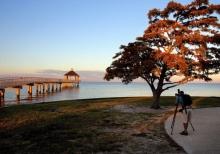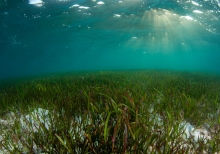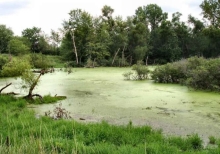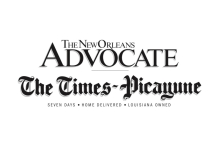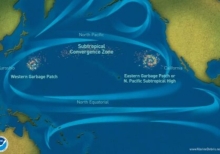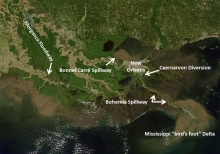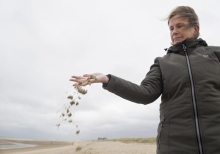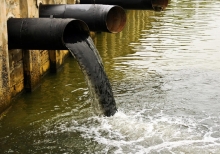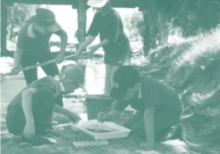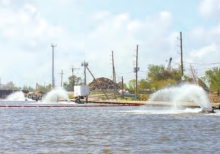What To Expect: Public To Weigh In On Plan To Build Hotel In Fontainebleau State Park
A proposal to build a hotel and conference center in Fontainebleau State Park near Mandeville has yet to receive a public vetting - that comes Wednesday night - but is already generating controversy among some north shore residents and environmentalists. Opponents have cited several concerns, ranging from the prospect of more development at the 2,800-acre park on the shores of Lake Pontchartrain and the lack of local input in planning to the specter that the proposed resort will eventually include a gambling casino.
